Owning or running a business can be challenging at times, but there are few things more rewarding than watching your business meet – or exceed – its aspirations and goals. We at Key2 know that feeling. And we also know the lows that come when you fall short of your business goals.
What if we told you that the process of setting business goals was half the battle in realizing them?
That’s our theory. We think that the key ingredient in achieving your goals is found in the goal setting process itself. So, in order to help you fellow self-starters, we’ve compiled our experiences and research into 5 “tips” that we think are universally useful in setting business goals, regardless of your industry or the size of your business.
Tip #1: Differentiate your long-term goals from your short-term goals
A common struggle among business owners and leaders is differentiating long-term goals vs. short-term goals. By not separating the two, you lose the ability to see the forest for the trees AND you feel paralyzed in your day-to-day work because you don’t have a clear vision for what needs to be tackled TODAY. We define long-term goals (aka stretch goals, game-changer goals, vision goals) as an aspiration that will take 3 to 5 years to accomplish. We define short-term goals as actionable objectives that will take a few months to a year to complete, and are typically much more specific and trackable. For example, being the best in your industry would be a long-term goal, whereas pushing your sales team to drum up more business by making 10 lead calls per day would be a short-term goal.
The beauty in separating the two is that long-term goals give you something to dream about and give your team a mission. They enable your team to see the forest. The vision itself isn’t yet actionable (more on that in the next section). Short-term goals give you marching orders to wake up to, and free you from the paralysis and procrastination that comes from thinking about all the work that needs to be done to reach the long-term goals.
Tip #2: Break down your long-term goals into short-term goals
Once you have your long-term goals set, it’s time to break them up into bite-size, actionable pieces that can be achieved every day, every week, and every month. That bold vision you have for your company won’t feel like a giant leap if you break it down into a series of short-term goals over several years. For example, Elon Musk has a vision of starting a colony on Mars, but right now his focus is having a near-perfect success rate for landing rockets safely back on Earth so that he can cut costs and time when getting materials into space.
Tip #3: Be Measurable and Specific
This goes hand in hand with the last tip. It’s fun dreaming up big goals, but they may start to feel like a burden if you don’t define measurable and specific short-term steps to reach them. Imagine having a long-term goal of losing 60 lbs., and you decide to set a short-term goal of “eating healthy” over the next month. What is healthy? Do I cut the number of meals I’m having? Do I give up snacking? Can I still eat the cake if I have a salad for lunch? This is where you end up procrastinating or paralyzed. Without a specific goal, you are constantly changing the rules. Set measurable and specific goals that allow you to always know if you’re accomplishing them and moving forward. If your long-term goal is to grow sales 50%, then don’t ask your sales team to start “calling more people.” Ask them to shoot for 10 lead calls a day instead of the typical 5.
Tip #4: Be Realistic
Don’t be discouraged by the title of this section. There is nothing wrong with dreaming big, but remember that big dreams take time. We find that goals typically become unrealistic when business owners overestimate what can be done today but underestimate what can be done in five years. To counteract this tendency, break down your stretch goals into short-term goals like we mentioned before. Assigning a time period to each individual step will help you get an overall sense of how much time you need for your long-term goal. For example, if your stretch goal has 20 consecutive short-term goals and each of those goals will take a month to complete, we’re talking about 18 months before your final vision is realized.
Tip #5: Be Stubbornly Consistent
Now that you have a clear vision of your future and are aware of the steps you need to take today to get there (of course, some will be missed and you’ll have to account for those as you go), the only thing left is to get moving. Some days you will be inspired by your vision and some days you won’t. You can’t wait for the ebb and flow of inspiration to propel you forward if you want to achieve something great, because inspiration is anything but consistent. Choose to be defined by the work you accomplish when you ARE NOT inspired. That’s more impressive.
Hopefully you found this article helpful! With a vision that lends your business direction, a breakdown of goals that gives you a plan for today, and a bit of stubborn consistency, your business will be well on its way to achieving its goals.
Other Business Goal Setting Guides We Found Useful:
- https://www.inc.com/guides/2010/06/setting-business-goals.html
- http://www.dummies.com/business/start-a-business/business-plans/set-goals-and-objectives-in-your-business-plan/
- https://www.thebalancesmb.com/the-ultimate-guide-to-small-business-goal-setting-2951416
Keep your data analytics sharp by subscribing to our mailing list!
Thanks for reading! Keep your knowledge sharp by subscribing to our mailing list to receive fresh Key2 content around data analytics, business intelligence, data warehousing, and more!


